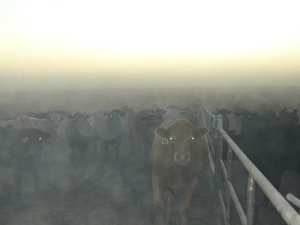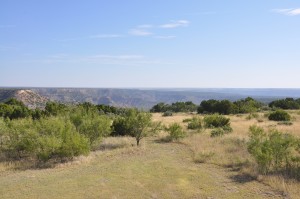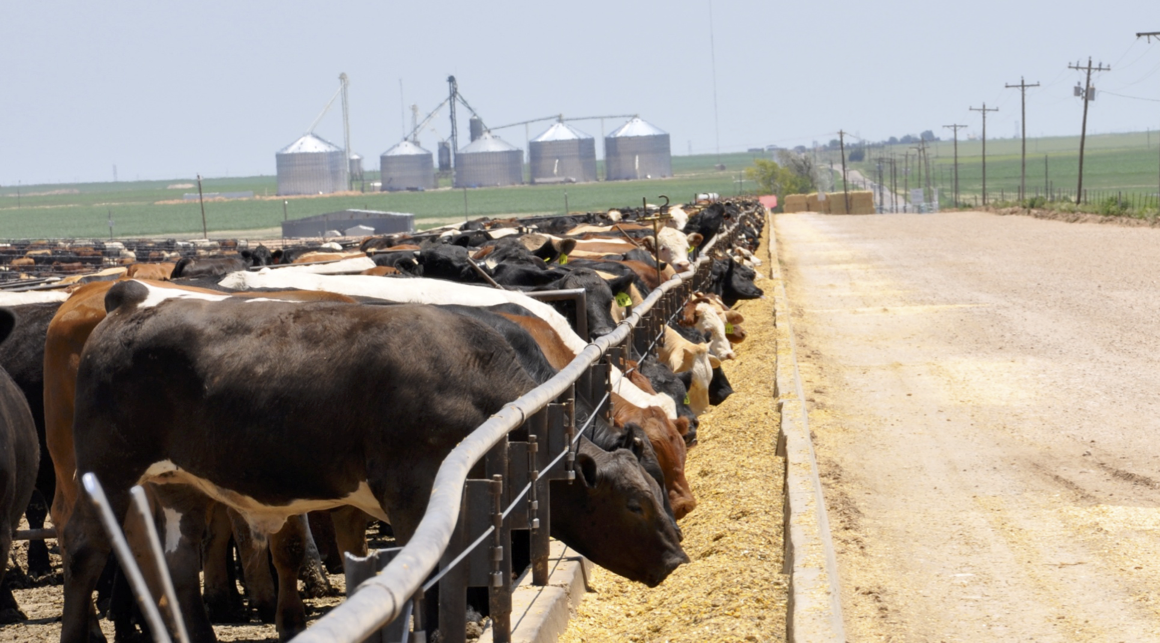
As the urban-rural interface expands toward the wide, open spaces that Panhandle livestock producers have occupied since the 1800s, and as urban residents seek out those same wide, open spaces for their retreats from the stresses of city living, conflict between livestock producers and their neighbors occurs more and more frequently. One of the most prominent realms of conflict is nuisance, and we will discuss nuisance claims (odor, dust, noise, etc.) in a future post.
Another realm of legal exposure that faces the agricultural landowner has to do with negligence. One example that might pertain to a livestock producer in the Texas Panhandle would be a claim that windblown dust drastically reduced the visibility on adjacent or nearby roadways or rail crossings, and that a collision between vehicles and trains or vehicles and people was a result of that negligence and would not have happened were it not for the dust emitted from the agricultural land.
This post, by Texas A&M AgriLife Extension Agricultural Law Specialist Tiffany Dowell-Lashmet, lays out the basic legal tests that apply to a negligence claim in the State of Texas, especially as such a claim might pertain to windblown dust from agricultural operations.






